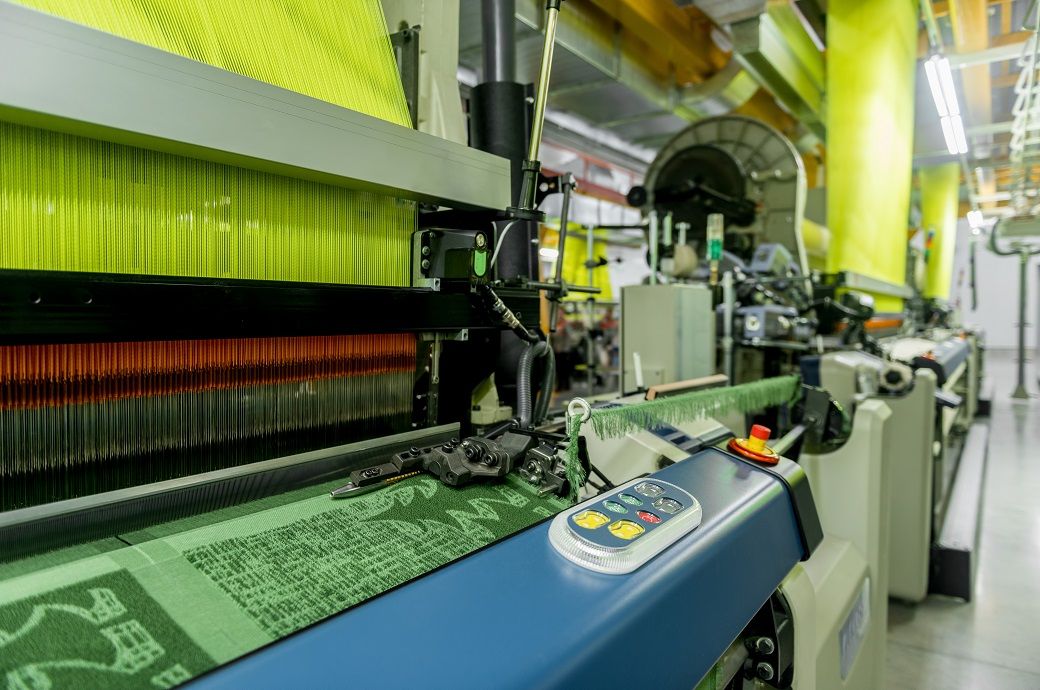
New orders experienced substantial growth, driving an increase in output, while employment levels returned to growth for the first time in three months, albeit marginally. However, manufacturers continued to face rising input prices, with both input cost and output price inflation accelerating from the previous month. Cost burdens grew at the fastest rate since February, and selling prices increased for the third month in a row, S&P Global said in a press release.
The rise in new orders was primarily driven by domestic demand, as exports continued their trend of decline, with the rate of contraction accelerating to the fastest in 19 months. Levels of outstanding business grew for the fourth consecutive month, indicating ongoing pressure on capacity. Purchasing activity expanded for the eighth month in succession, while pre-production inventories rose, although the pace of accumulation slowed. Vendor delivery times lengthened, consistent with the previous month, and holdings of finished goods diminished at the fastest pace since June 2021 as some producers used existing stock to meet order requirements.
Despite these challenges, ASEAN manufacturers maintained an optimistic outlook, with business confidence levels similar to those seen in May. Overall, ASEAN manufacturing continues to demonstrate resilience, showing solid improvements in new orders and output despite facing rising costs and declining export demand. The sector’s optimistic outlook suggests a continued positive trajectory in the coming months.
Commenting on the ASEAN Manufacturing PMI data, Maryam Baluch, economist at S&P Global Market Intelligence said: “The ASEAN manufacturing sector signalled a sustained improvement in operating conditions as we approached the midway point of the year. Demand conditions strengthened further, thereby supporting solid upticks in manufacturing production and purchasing activity. Moreover, job creation was recorded for the first time in three months.
“Turning to prices, cost burdens and output charges rose at stronger rates in June, the paces of inflation moving closer to their respective long-run averages. The PMI price gauges will need to be monitored closely in the second half of the year. Rising inflationary pressures could mean central bank policy rates staying higher for longer.”
Fibre2Fashion News Desk (KD)